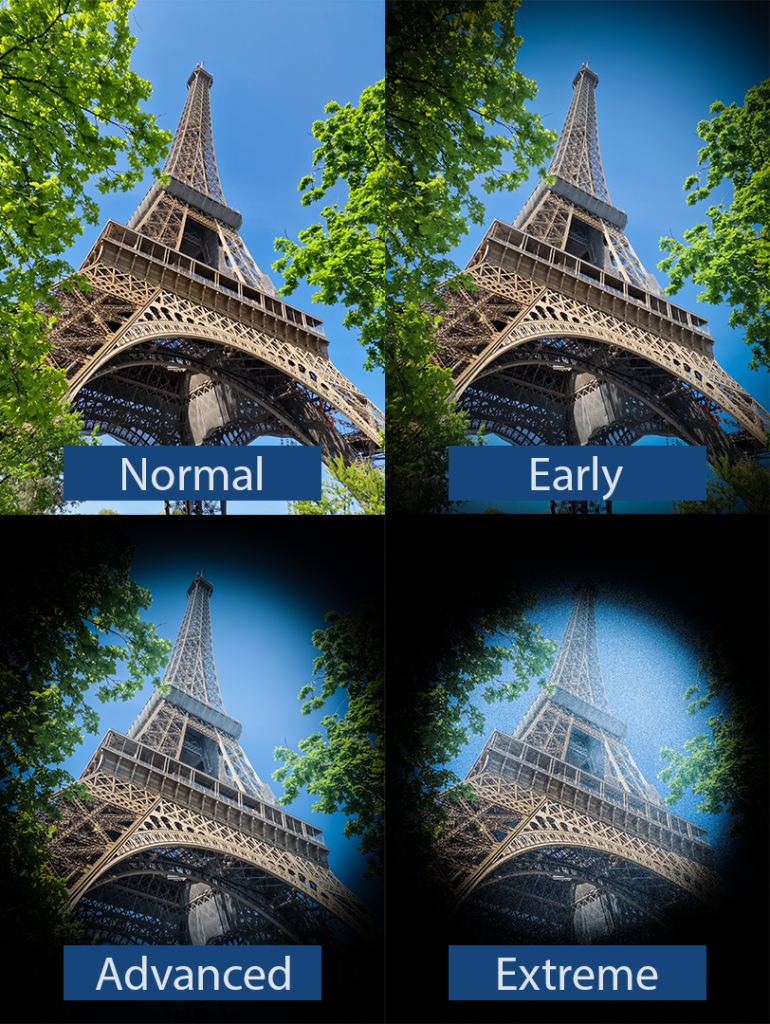LET’S SAVE NOW
Welcome to our educational section about LET’S SAVE NOW
We hope this page and resources within this page provide you with the information you need to learn more about glaucoma, which is generally a slow progressing Eye Disease, Eye Health and why screening for glaucoma in people with diabetes is important.
This is how Glaucoma can affect your sight over time
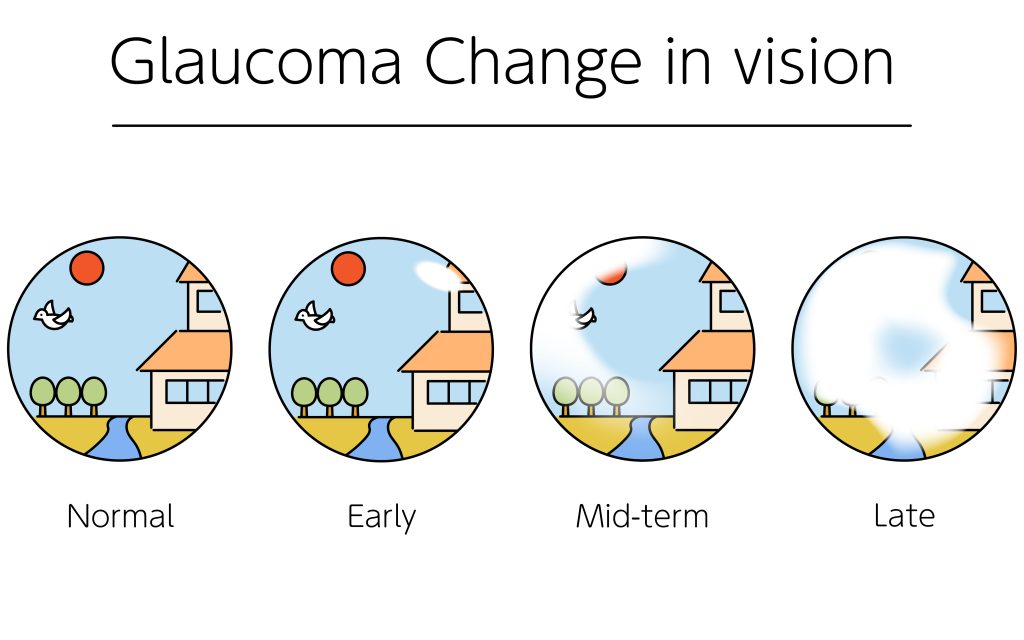
This slide demonstrates the Forecast total of the incidence of Glaucoma by 2030 for both sexes and all ages
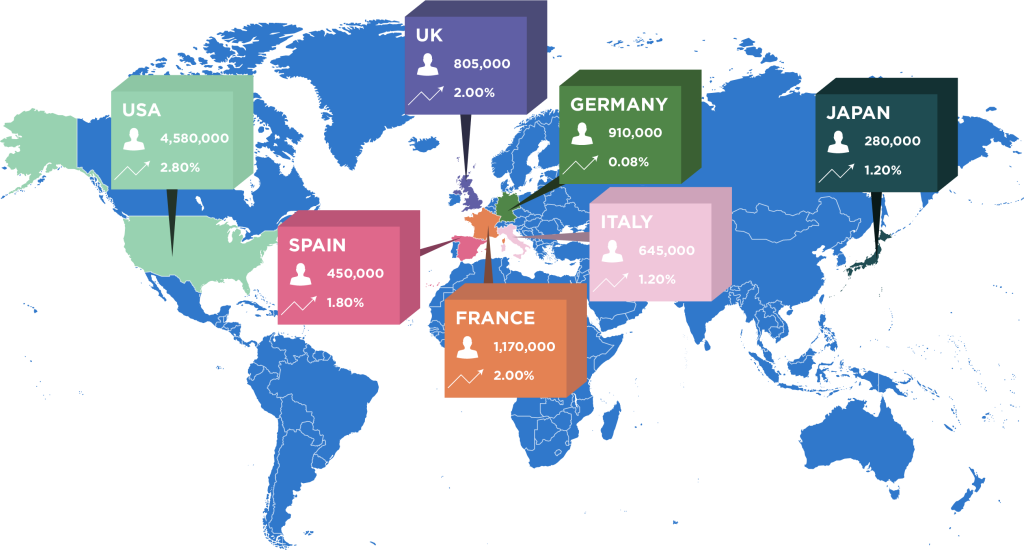
This slide demonstrates the impact of Glaucoma on Global Populations
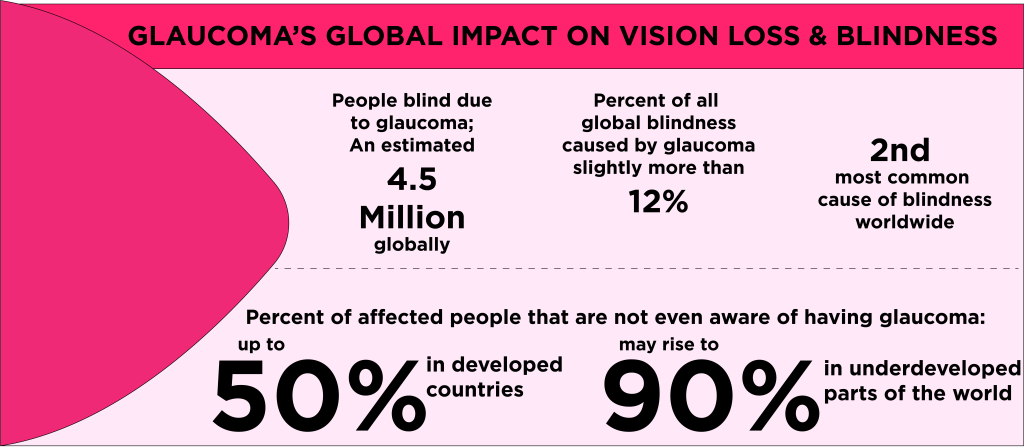
This animation which can be viewed below offers you the opportunity to promote LET’S SAVE NOW and encourage its use with every person with diabetes and glaucoma
What is Glaucoma?
Glaucoma is actually a group of eye diseases that lead to damage of the optic nerve (the bundle of nerve fibres that carries information from the eye to the brain), which can then lead to vision loss and possibly blindness.
Optic nerve damage usually occurs in the presence of high eye (intraocular) pressure.
Tests for Glaucoma
The tests are carried out in the opticians by an optometrist.
- You should have a routine eye test at least every 2 years.
- Several quick and painless tests can be carried out to check for glaucoma, including vision tests and measurements of the pressure inside your eye.
- If tests suggest you have glaucoma, you should be referred to a specialist eye doctor (ophthalmologist) to discuss treatment.
Treatments for glaucoma
It’s not possible to reverse any loss of vision that occurred before glaucoma was diagnosed, but treatment can help stop your vision getting worse.
The treatment recommended for you will depend on the type of glaucoma you have, but the options are:
- eyedrops – to reduce the pressure in your eyes
- laser treatment – to open up the blocked drainage tubes or reduce the production of fluid in your eyes
- surgery – to improve the drainage of fluid
You’ll also probably need regular appointments to monitor your condition and check the treatment is working.
What are the Types of Glaucoma?
There are many types of glaucoma, but the two most common types are open-angle glaucoma and closed-angle (angle-closure) glaucoma.
- Open-angle glaucoma: (also called primary open-angle glaucoma and chronic glaucoma) accounts for 90 percent of all glaucoma cases and occurs when the trabecular meshwork(The spongy tissue located near the cornea through which aqueous humor flows out of the eye, 80-90% of aqueous humor makes its way into circulation via this meshwork) becomes blocked and the fluid can’t get to the normal drainage canals. This blockage results in fluid build-up and increased intraocular pressure. The fluid build-up happens gradually.
- Closed-angle glaucoma (also called acute glaucoma or angle-closure glaucoma), accounts for about 9 percent of all glaucoma cases and occurs when the opening between the cornea and iris narrows, such that the fluid cannot get to the trabecular meshwork and normal drainage channels. This narrowing results in fluid build-up and intraocular pressure. The fluid build-up happens very quickly.
Other types of glaucoma are secondary glaucoma or developmental glaucoma (congenital glaucoma) – this is extremely rare.
People at the Highest Risk for glaucoma are Those With Any of the Following:
- Age older than 40 years
- African-American ancestry
- Family members who have (or had) the disease
- Farsightedness or nearsightedness
- Diabetes
- Long-term use of corticosteroid drugs
- Previous eye injury
Glaucoma is Generally a Slow Progressing Eye Disease
If symptoms develop suddenly go to your nearest A&E immediately
These are symptoms one may encounter as it progresses:
- Tiny blind spots appear at the edges of the visual field (peripheral or side vision) that slowly get larger and spread
- Blurred vision
- The appearance of coloured halos around lights
- Adjustment of vision problems when entering a dark room
- Repeated difficulties that new glasses prescriptions do not help
- Peripheral (side) vision is decreasing
This image demonstrates the vision changes people with glaucoma can experience:
The Symptoms of Closed-Angle Glaucoma are:
- Severely blurred vision
- Severe eye and head pain
- Nausea or vomiting
- The appearance of coloured halos around bright lights
- Adjustment of vision
Feedback from people experiencing Glaucoma and Diabetes
![Lets save now QOUTES [Recovered]](https://usercontent.one/wp/idealdiabetes.com/wp-content/uploads/2023/06/Lets-save-now-QOUTES-Recovered-1.png?media=1687957852)
Multi-disciplinary Health Care Professionals who work with People with diabetes at risk of or experiencing Glaucoma
These images shows how the pressure in the eye builds up in the presence of glaucoma
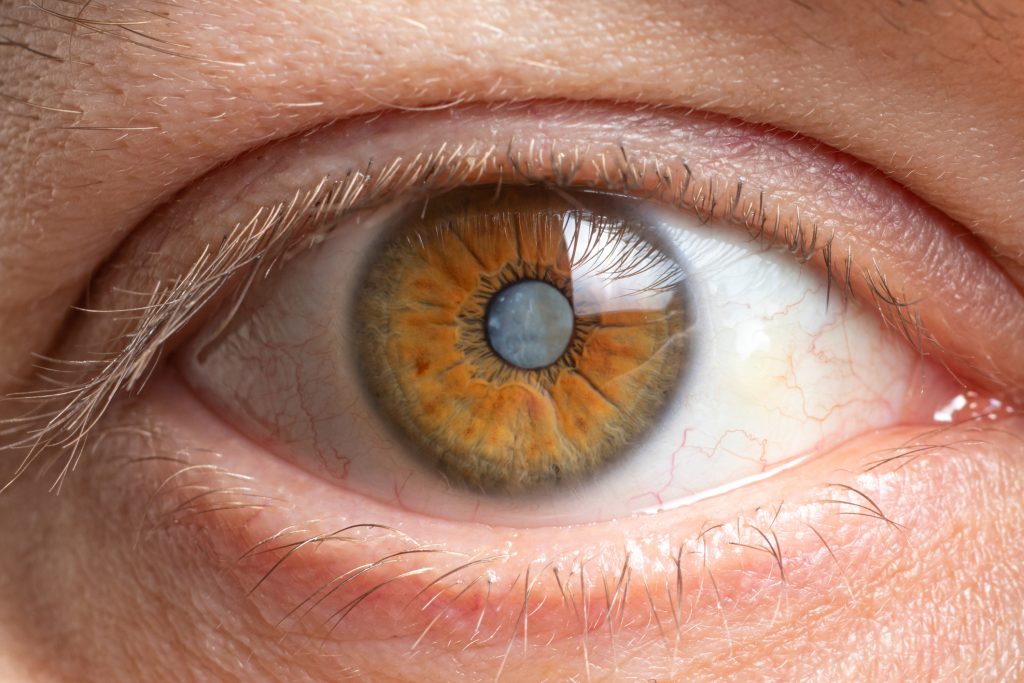
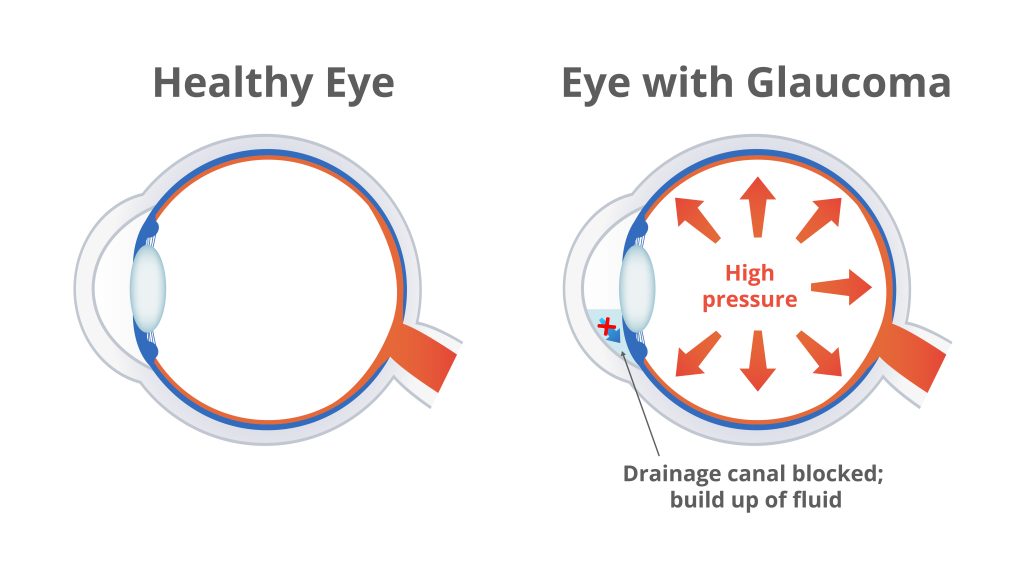
![GettyImages-1394765856 [Converted]](https://usercontent.one/wp/idealdiabetes.com/wp-content/uploads/2023/08/GettyImages-1394765856-Converted-1024x640.png?media=1687957852)
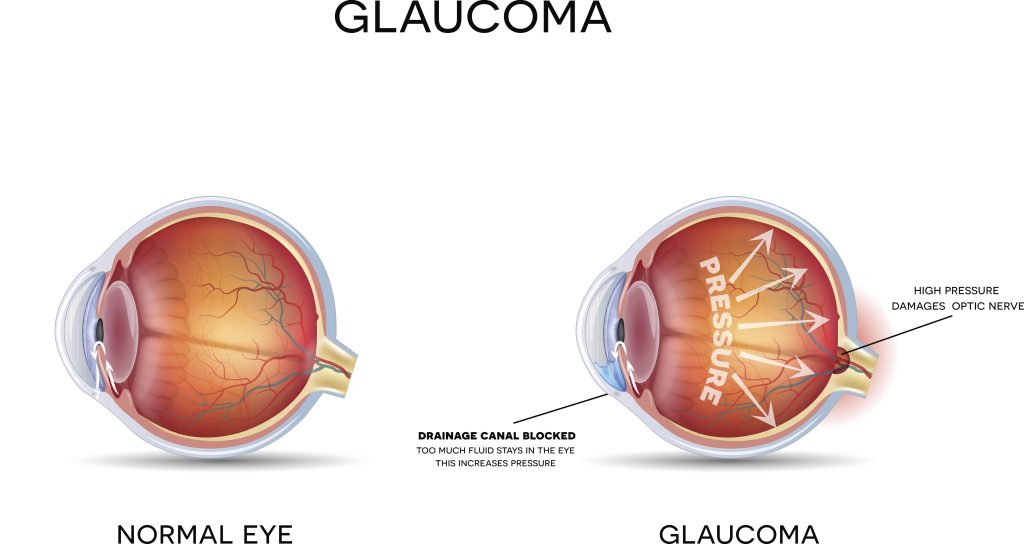
Here are some Devices for people with Diabetes who are partially sighted or blind to use
-
Blood Glucose Monitoring Devices
The Prodigy Voice® talking glucose meter is a totally audible blood glucose monitoring system specially designed for the blind. The features were developed with the help of National Blind Associations and Certified Diabetes Educators.
-
Continuous Glucose Monitoring
Dexcom G6 with Apple Siri feature is the first and only real-time CGM that can be used by visually impaired patients to access their glucose levels.
-
Insulin injections
A visual magnifying window can help people who are visually impaired to see the correct doses to inject
- Insulin pens that also click the dial up does can help people visually impaired to maintain their independence
- Insulin pumps that beep, have audible tones and vibrations are in development for people with diabetes and visual impairment
- This link takes you to how to manage prescription medications if visually impaired or blind: (https://www.wikihow.com/Organize-Your-Medications-if-You%27re-Blind-or-Visually-Impaired)
These are some devices for people who are partially sighted or blind to use
Voice activated phone use can help people who are visually impaired


Using tech vocally can help people with visual impairment or blindness to remain employed and able to continue to use such technologies
Enlarged text can help people with visually impairment

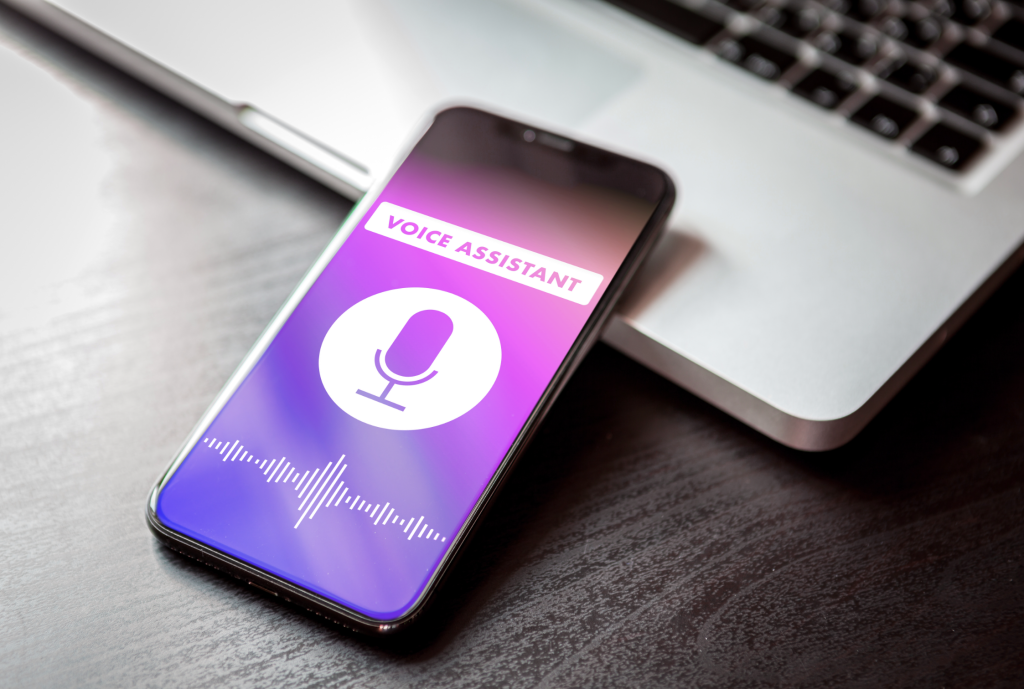
Hi Siri can assist around the individuals home environment
Talking Books are useful for people with visual impairment or blindness


Other visual aids which magnify images can offer assistance
This LET’S SAVE NOW Project Webpage and contents has been created by an independent Multi-Disciplinary Team. Viatris provided unrestricted educational grant for the development and production of this webpage but has had no input into the content.

10 Jan 2025 10:44 updated







